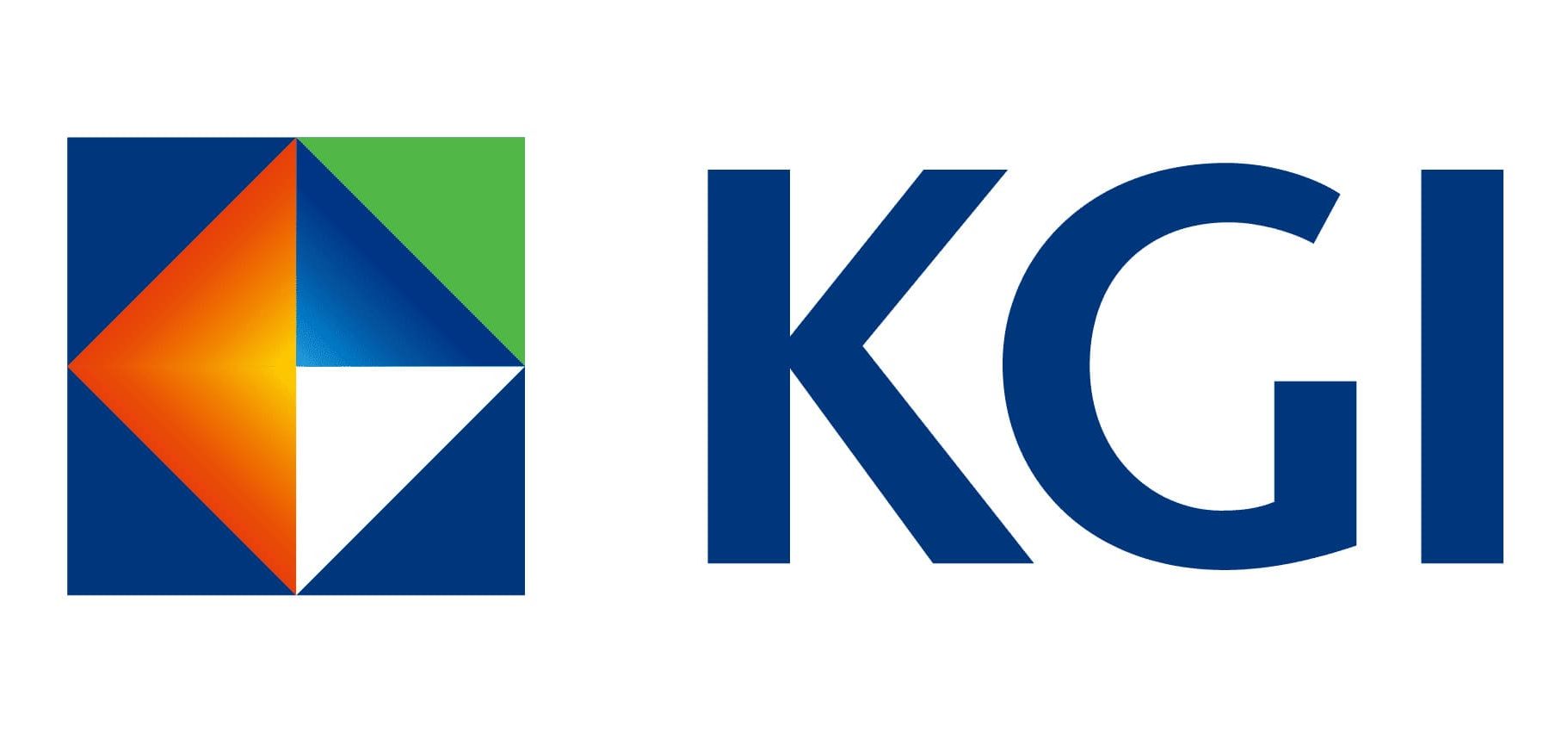Weekly Securities Newsletter: Financial Bonds Shine Under the Stress

Financial Bonds Shine Under the Stress
Chart of the Week:
Tax Bill Clears Congress, Tariff Risks Linger; U.S. Equities Climb Amid Volatility
The U.S. House and Senate narrowly passed the One Big Beautiful Bill Act (OBBBA), which extends tax cuts, tightens social security spending, and raises the debt ceiling. The bill is expected to be signed into law by the President on July 4, offering potential support for U.S. growth and corporate earnings.
Market Recap 1:
U.S. Tax Bill Passes, Equities Extend Gains; Cyclical Sectors Outperform
The One Big Beautiful Bill Act passed, supported by stronger-than-expected ISM Manufacturing PMI and robust non-farm payrolls, underscoring U.S. economic resilience and improving risk sentiment. U.S. equities rallied with lower volatility.
Market Recap 2:
Strong Data Delays Rate Cuts; Long Bonds Under Pressure, Tax Bill Lifts Commodities & Gold
Fed Chair Powell stated at the ECB Forum that U.S. rate cuts would have already occurred if not for Trump’s aggressive tariff policies. Solid PMI and jobs data suggest a gradual labor market slowdown rather than a sharp contraction, dampening rate-cut expectations and lifting Treasury yields. Long-duration bonds underperformed, while non-U.S. bonds remained relatively stable.
What’s Trending:
Solid PMI and Jobs Data Delay Rate-Cut Expectations; Fed May Turn Dovish
The latest ISM Services PMI rose to 50.8, above both expectations and May’s 50.5, signaling expansion across demand, output, and input components. June’s non-farm payrolls surged to 147k, beating forecasts, though private-sector job growth slowed to just 74k—the weakest since October 2024—indicating cautious corporate hiring and layoffs.
In Focus 1:
Bank Stress Tests Reinforce Sector Resilience, Supporting Bond Market Floor
The Fed’s latest stress test results showed all 22 major U.S. banks passed, with average CET1 capital ratios at 11.6%, well above the 4.5% minimum. This reflects milder stress scenarios compared to last year and the exclusion of private equity exposure from global market shocks. Consequently, banks like Goldman Sachs, Wells Fargo, and Morgan Stanley saw notable declines in Stress Capital Buffer (SCB) requirements.
In Focus 2:
Triple Threat Hits Bond Market, Financial Bonds Weather the Storm
The U.S. Congress successfully raised the debt ceiling, easing investor concerns. However, heavy interest expenses and large-scale bond issuance continue to pose upside risks to long-term Treasury yields. With the Fed expected to resume rate cuts, the yield curve is likely to steepen, providing support for banks’ net interest income. In this environment, financial bonds stand out as a relative safe haven, given their shorter average duration and more attractive breakeven yields compared to other sectors.



